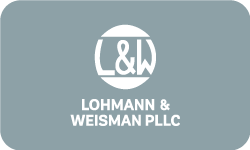As the spring of 2025 unfolds, Florida’s real estate market presents a complex landscape influenced by rising housing inventory levels, shifting buyer-seller dynamics, and regional variations in home prices. For prospective buyers, sellers, and investors, understanding these trends is crucial for making informed decisions in this evolving environment.
Rising Housing Inventory Levels Shift Market Dynamics
Florida has experienced a significant increase in housing inventory, with a 22.7% rise in for-sale homes as of January 2025 compared to the same period last year. This surge has transformed many areas into buyer’s markets, where purchasers have greater negotiating power and sellers are more inclined to offer concessions. However, elevated mortgage rates, hovering around 7%, continue to pose affordability challenges for many buyers.
Regional Variations in Home Prices
The impact of increased inventory on home prices varies across Florida’s metropolitan areas:
- Miami: The luxury market remains robust, with a reported 3.9% year-over-year growth.
- Tampa and Fort Lauderdale: These cities have seen slight declines in home prices, reflecting a more balanced market.
- Sarasota County: The median sale price for single-family homes declined slightly by 1% year-over-year to $529,750.
These regional disparities highlight the importance of localized market analysis when considering real estate transactions in Florida.
Factors Influencing the Market
Several key factors are shaping Florida’s real estate market this spring:
-
Mortgage Rates: The primary factor impacting the market continues to be mortgage rates. Prices stopped rising around the same time that mortgage rates increased, leading to fewer buyers relative to sellers.
-
Insurance Costs: Elevated homeowners insurance premiums are adding to the overall cost of homeownership, particularly in areas prone to natural disasters.
-
Demographic Shifts: Florida’s population continues to grow steadily, attracting young professionals, retirees, and families. This influx sustains housing demand, particularly in urban centers and coastal regions.
Investment Opportunities and Risks
For investors, Florida’s evolving market offers both opportunities and challenges:
-
Emerging Markets: Cities like Jacksonville and Orlando are experiencing increased demand, presenting potential for appreciation and rental income.
-
Luxury Segment: Despite broader market shifts, the luxury segment in areas like Miami remains robust, attracting high-net-worth individuals and international buyers.
-
Climate Risks: Investors should be mindful of environmental factors, as properties in high-risk zones may face increased insurance costs and potential devaluation.
Strategies for Buyers and Sellers
Given the current market conditions, tailored strategies are essential:
-
For Buyers: The increased inventory provides more options and negotiating power. However, it’s crucial to assess affordability, considering both mortgage rates and insurance costs.
-
For Sellers: In a more competitive market, pricing homes appropriately and enhancing property appeal are vital. Being open to negotiations and offering concessions can facilitate quicker sales.
Outlook for the Remainder of 2025
The trajectory of Florida’s housing market for the rest of 2025 will largely depend on interest rates, economic conditions, and migration patterns. If mortgage rates decrease later in the year, demand may increase, leading to a more competitive market for buyers and sellers. Conversely, if rates remain elevated, market conditions could continue to stabilize, allowing buyers more negotiation power.
In conclusion, Florida’s spring 2025 real estate market is characterized by increased inventory, regional price variations, and shifting dynamics favoring buyers. Stakeholders should conduct thorough research and remain adaptable to navigate this complex landscape effectively.








